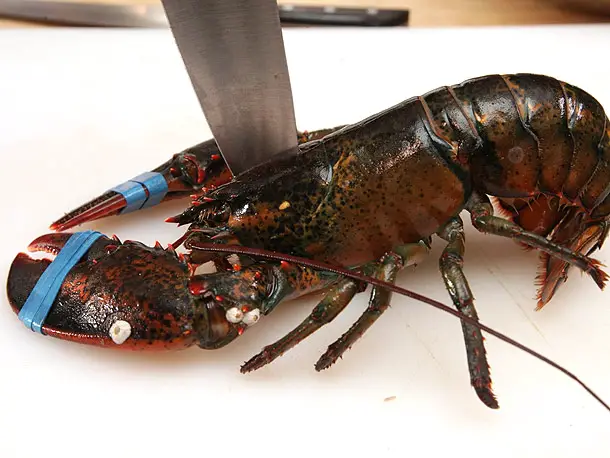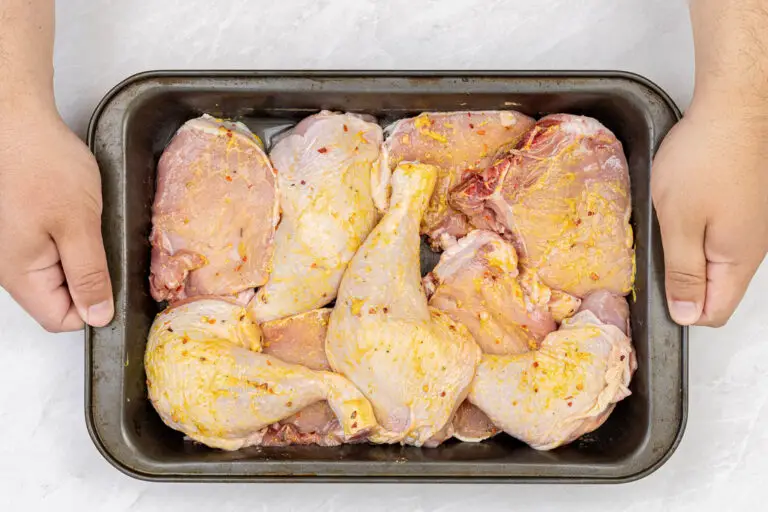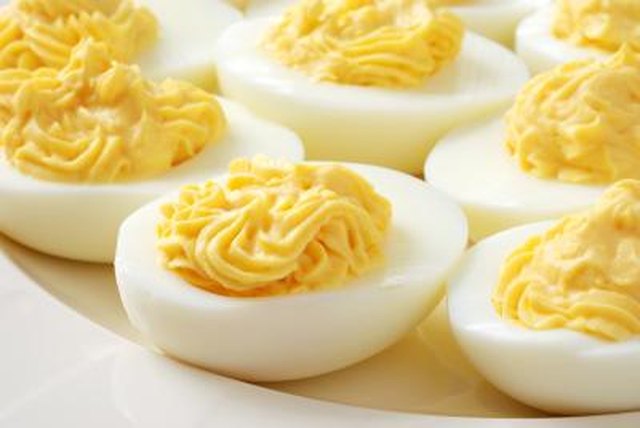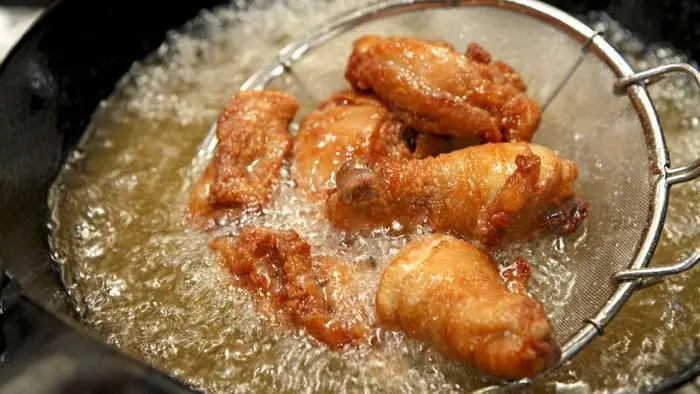When it comes to food safety, proper storage techniques are vital. This is especially true when dealing with perishable items like tuna pasta. Whether you’ve cooked a big batch for meal prep or have leftovers from dinner, knowing how long tuna pasta can stay in the fridge is crucial in preventing food poisoning and ensuring that your meal remains fresh and tasty.
By understanding the different factors that affect tuna pasta’s shelf life and following safe storage practices, you can extend its lifespan and prevent spoilage. In this guide, we’ll discuss everything you need to know about storing tuna pasta and how to tell if it has gone bad.
Factors That Affect Tuna Pasta’s Shelf Life
Various factors come into play when determining how long tuna pasta can stay in the fridge. Some of these include:
Ingredients in Tuna Pasta and Their Properties
The ingredients used to make tuna pasta play a considerable role in its shelf life. Tuna can last up to 2-3 days in the fridge after opening its pouch if stored well. On the other hand, vegetables like lettuce or cucumbers have high water content make them more prone to spoilage compared to denser vegetables like carrots or broccoli.
Sauces used also contribute a lot since sauces may contain dairy products such as cheese or cream that tend to go sour quickly due to bacteria growth which affects freshness
Temperature Control
The temperature of your refrigerator impacts how long your tuna pasta stays fresh. The recommended range is between 32°F-40°F (0°C-4°C). Any temperature beyond this can hasten bacterial growth leading to spoiled food where bacteria thrives at temperatures between 5C – 60C .
Proper Packaging and Storage Techniques
Storing your tuna pasta properly preserves its freshness. Clear containers allow easy identification of contents while vacuum sealing extends the shelf-life by reducing contaminants. Labeling is another critical tool for easy identification; marking the date of preparation ensures that you consume fresher dishes first.
What is the Safe Duration for Tuna Pasta?
The shelf life of your tuna pasta depends on whether it’s unopened or cooked. We’ll explore both scenarios next.
Unopened Packaged Tuna Pasta
Before opening, packaged tuna pasta can last up to several months past the expiry date on the package. This duration may vary depending on different manufacturers’ packaging styles and durations they deem safe.
However, always note that expiration dates indicate optimal quality only; consuming expired tuna pasta poses health risks and should be avoided at all costs.
Cooked Tuna Pasta
Cooked tuna pasta has a shorter shelf life compared to uncooked because of microbiome activity whish starts degrading foods after being exposed to air and humidity.
On average, refrigerating cooked tuna pasta extends its freshness to between 3-5 days. However, this depends on recipes’ specific ingredients such as sauces or spices used to make them differentiated from homemade or store-bought products .
You can tell if your dish has gone bad by using your senses to determine if it’s off. A sour smell could indicate spoilage caused by bacteria growth, while a change in texture shows sogginess or dryness due to mold formation.
The Risks of Consuming Expired Tuna Pasta
Consuming bad tuna pasta presents several health risks such as food poisoning and bacterial infections like botulism. These conditions cause gastrointestinal symptoms like diarrhea, vomiting, stomach cramps leading to dehydration. If left untreated, they can affect nervous system functions leading to seizures and paralysis or respiratory issues like acute bronchitis when severe enough.
To avoid these dangerous health complications linked with expiration times of perishable foods; ensure proper storage practices are followed at all times combined with consuming newly prepared meals before older ones left over storing in fridge.
Tips for Extending the Shelf Life of Tuna Pastas
By following these tips, you can keep your tuna pasta fresh for a more extended period.
In Cooking Process
When cooking Tuna Pasta dishes, use fresh ingredients avoiding chemical reactions that lead to faster spoiling. Repeated heating reduces freshness, affecting the texture and vitality of the dish.
Storage Techniques
Proper storage techniques help preserve tuna pasta’s freshness and can extend shelf life depending on the preparation.
Alternative Compositions
Separating wet from dry components is one way of storing tuna pasta safely. You can also prepare toppings separately to maintain their texture and increase storage time in the fridge.
Freezing Techniques
If you plan on storing your tuna pasta for more than five days, consider freezing it. Proper packaging is essential when freezing food as it prevents freezer burn and cross-contamination.
Before freezing cooked Tuna Pasta dishes:
- Line the container with a freezer-safe liner or wrap it in plastic wrap.
- Remove all air around the food as this will reduce oxidation; vacuum sealing handheld devices are great for this job.
- For best results, store frozen foods -18C or lower with recommended thawing methods (inside refrigerator).
Proper Reheating Techniques
Reheating Tuna Pasta should be done cautiously because going over safe temperature ranges encourages bacterial growth that hastens spoilage after some time.; therefore monitor reheating times closely making sure not to exceed safe levels between 74°C (165°F) and 85°C (185°F).
Conclusion
Storing your tuna pasta properly is essential in preventing food poisoning and keeping it fresh for longer periods. By using proper packaging techniques combined with careful storage practices like separating wet/dry components or alternately preparing toppings separately, frozen storage options provided by vacuum sealer gadgets prolong freshness while reheating at regulated temperatures prolongs shelf-life.
Remember always to inspect stored foods upon opening before consuming any older ones left unattended too long, and educate yourself on perishable food timelines to avoid unnecessary health risks.
Q&A
- Q: How long can I store tuna pasta in my fridge? A: Tuna pasta can remain safe and effective up to 3-5 days when stored properly in an airtight container or covered with plastic wrap.
- Q: Can I freeze my leftover tuna pasta for later use? A: Yes, you can freeze tuna pasta in an airtight container for up to 2-3 months. Make sure to thaw it overnight before reheating.
- Q: What are the signs that indicate bad tuna pasta? A: The texture of the noodles becomes mushy, and the sauce turns watery with a sour or strange smell, which indicates that the dish has gone bad. In such cases, it’s best to discard it immediately.
- Q: How frequently should I check my tuna pasta’s freshness while storing it in the refrigerator? A: You should check your leftover tuna pasta every day while keeping it in the fridge to ensure its freshness and safety for consumption. If something doesn’t feel right, don’t take any risks and discard it right away.





